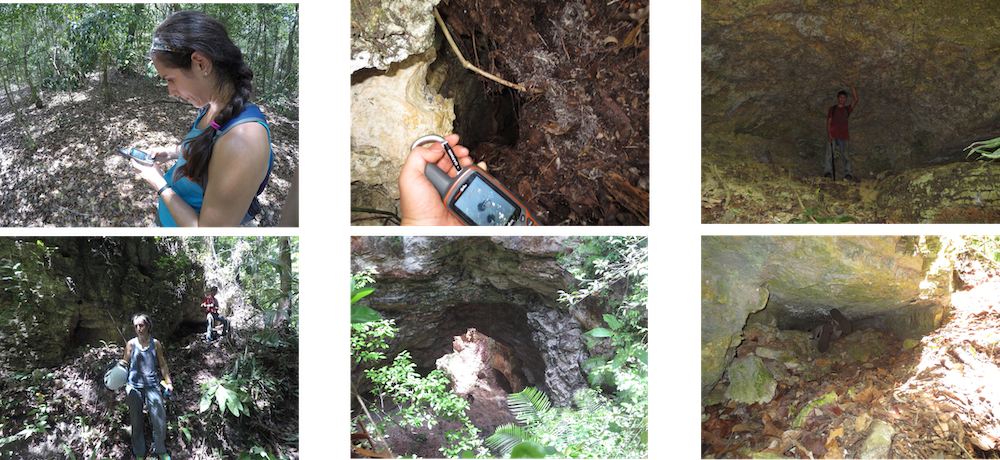Today@Sam Article
Professor Applies Deep Learning Approaches In Mayan Archaeology
Sept. 11, 2024
SHSU Media Contact: Mikah Boyd
By Jette Morris
Leila Character, a professor in Sam Houston State University’s Department of Environmental and Geosciences, is using cutting-edge technology and research methods to better understand humanity’s ancient past. She is utilizing new types of aerial imagery and powerful machine learning approaches that have redefined the ways in which researchers in geospatial sciences can identify architectural remains from ancient civilizations.
"I wanted to tap into a new area of machine learning to help with cave entrance detection, specifically in Belize, which is home to areas that have ancient Mayan roots,” Character said.
Upon confirmation that the project idea had potential, Character began working to assess whether machine learning could also be used to analyze large expanses of the landscape to identify archaeological features in a far more time-effective manner.
“My work seeks to develop methodologies that enable the use of huge amounts of remotely sensed data to address environmental problems and draw conclusions that otherwise wouldn’t be possible,” Character said. “Combining different types or layers of remotely sensed data then processing that data using machine learning can produce new information, and entirely new Geographic Information System (GIS) layers, that would be impossible to calculate or derive using just the human eye. These machine learning approaches enable insights that haven’t been possible in the past.”
The most significant conclusion from Character's Journal of Archaeological Science manuscript is based on the deep learning model’s ability to take what it has learned and apply it to new data. Generally, machine learning models are focused on small, area-specific models. Each time machine learning is used to find something, a model must be built specifically for that area. Character instead presents a foundation for a machine learning model that can be used to find ancient Mayan features across the entire ancient Mayan area, including Mexico, Guatemala and Belize.
"Since we are covering such a large area, we're having to deal with significant variations in the landscape, which proved challenging," Character said. "Despite the challenges, we were able to map previously uncharted features across the area."
These findings have some very interesting implications for a far more comprehensive and effective approach to surveying large archaeological landscapes. Traditional archaeological survey methods have been inherently bound by the time and resource concerns of manually assessing imagery and physical sites.
Character's work enables the rapid analysis of new data, opening avenues to map large areas and show features that may otherwise remain hidden. Although these results are promising, they also reinforce the importance of ground-truthing – or physically verifying these features on the ground – to substantiate the model's predictions.
Character's research represents the exciting integration of big data into archaeological science using geospatial techniques. Her research was published in the September 2024 edition of the Journal of Archaeological Science.

- END -
This page maintained by SHSU's Communications Office:
Director of Content Communications: Emily Binetti
Asst. Director Content & Social Media: Emilee White
Communications Manager: Mikah Boyd
Telephone: 936.294.1837
Communications Specialist: Campbell Atkins
Telephone: 936.294.2638
